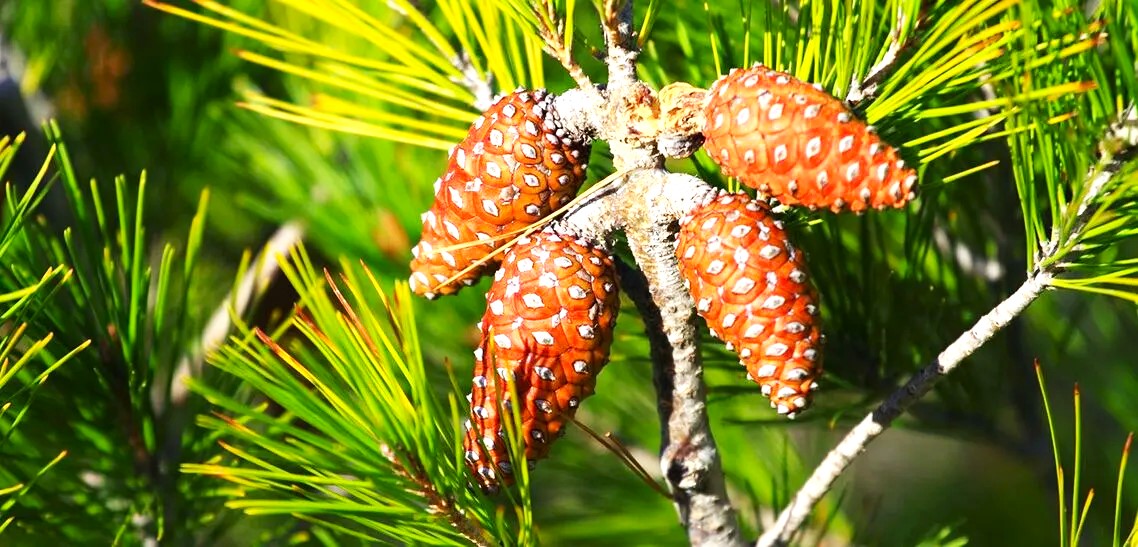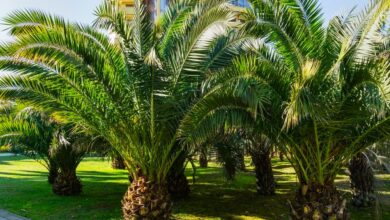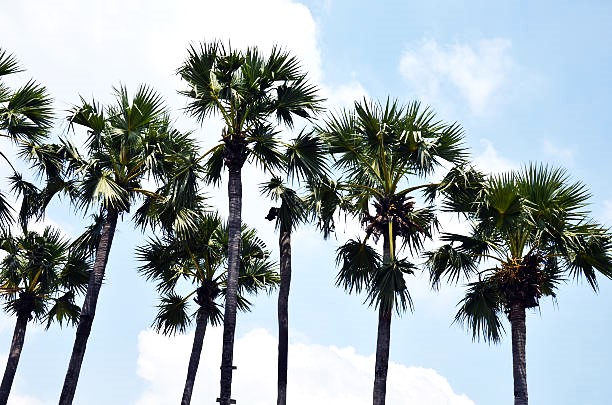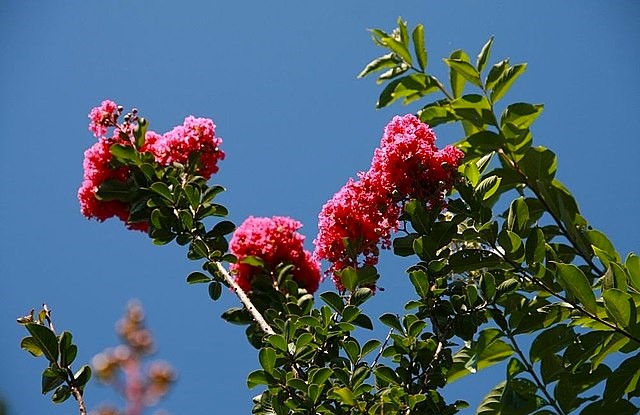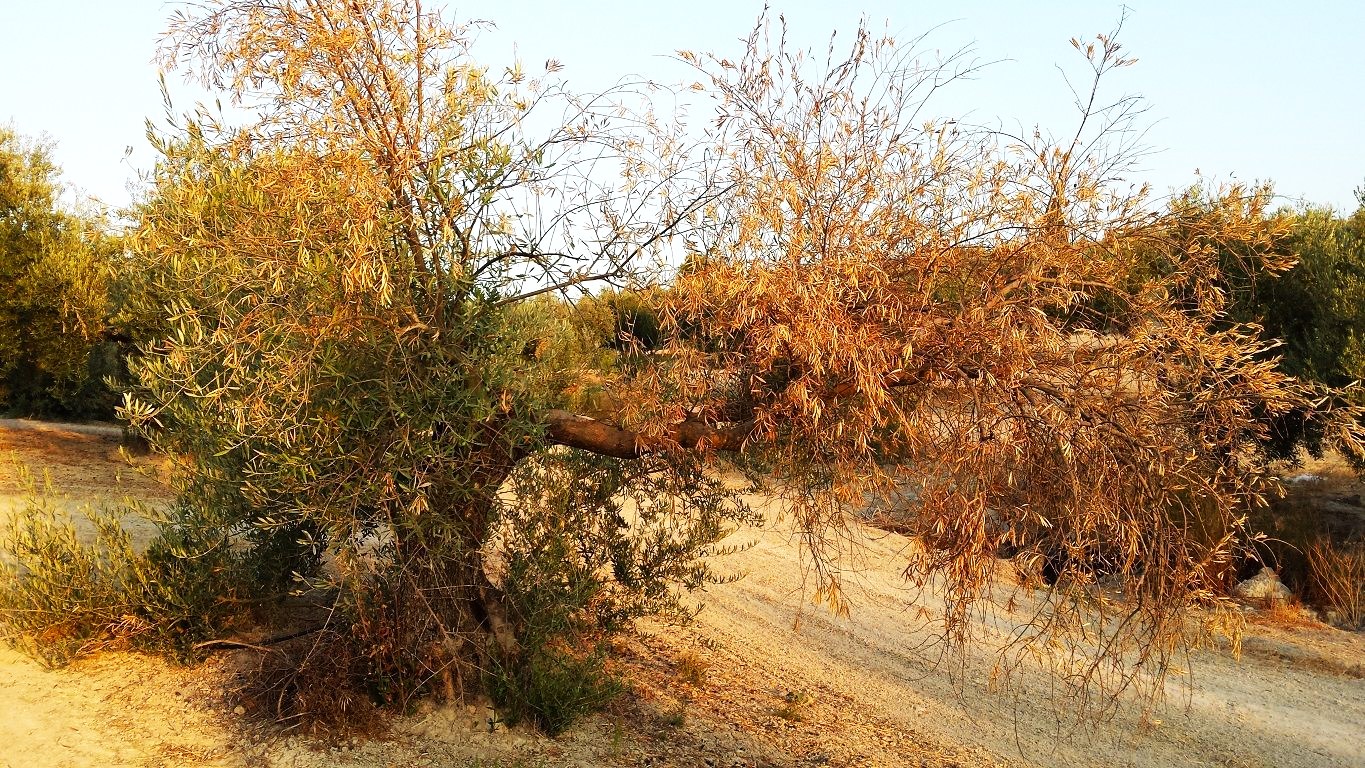Atlas Cedar Care: A Guide to Cultivating Cedrus Atlantica

Atlas cedars (Cedrus atlantica) are a great ornamental option if you’re a fan of cedar trees and have plenty of room to grow one. Its common name comes from its native home in the Atlas Mountains of northern Africa, making it one of the true cedar trees. When it is young, this evergreen conifer has a pyramidal form, but as it ages, it gets spreading branches and a more flat top.
Mature trees can grow up to 60 feet (18 meters) tall, though they rarely do. This conifer has striking silver blue, one-inch (1.5 cm) curved needles that grow in clusters. They are the main decorative element and remain on the tree all year round.
Fast Facts about Atlas Cedar:
- Cedrus atlantica is its botanical name.
- 40–60 feet (12–18 meters) tall, with sporadic rises to 120 feet (36.5 meters)
- Spread: 9–12 meters (30–40 feet)
- Exposure to sunlight: full sun or some shade
- Requirements for the soil: Loam, clay, or sand acceptance and soil tolerance
- USDA hardiness zones: 6–9.
- When to plant: in the fall or spring
Tree Care for Atlas Cedars
It’s not difficult to grow cedar trees like these, but there are a few prerequisites. The growth rate of atlas cedars is not very fast—less than 12 inches (30 cm) per year. But the tree needs a lot of space to grow. The atlas cedar grows best as a specimen tree, left to grow to its full height and width, so take care when selecting a planting location. Once established, though, you should find that it doesn’t need a lot of maintenance.
Light & Water
Atlas cedars should receive lots of sunlight. Even though it can withstand some shade, it grows best in full sun. Though they like moist soil, these trees can withstand a moderate amount of drought.
Fertilizer and Soil
Atlas cedar trees thrive in deep, acidic loam soil with good drainage, though they can also survive in sandy and clay soils. Luckily, you can maintain the health of these trees without adding fertilizer.
Issues, Insects, and Illnesses
Branches may sustain damage or break from strong winds and heavy snowfall. The tree is also vulnerable to Phytophthora, root rot, sooty mold, and tip blight, among other diseases that affect atlas cedars.
Establishing a Tree of Atlas Cedar
Planting is easy enough, but keep in mind that this tree requires a lot of room. The taproot needs to bury itself deeply in order to anchor the tree, and the truck grows tall with long, spreading branches. If the tree is planted in an inadequate space, it will give the homeowner trouble and harm the tree.
It’s also not advisable to transplant cedar trees because doing so may cause the tree to die. To ensure the healthiest root development, plant in the spring or fall.
Methods for Growing Atlas Cedar Trees
Grafting trees or sowing their seeds are the two methods used to propagate Atlas cedar, though the latter method requires a lot more time. Male seed pods are smaller than female seed pods, which can reach lengths of up to 3 inches (7.5 cm). Plant the seeds in a flat tray with a sandy soil mixture after shaking the seeds out of the appropriate seed pods.
Varieties of Atlas Cedar
There are various varieties of Atlas cedar wood available. The blue atlas cedar, or Cedrus atlantica ‘Glauca Pendula, is the weeping form of the tree, whereas the upright form is called ‘Clauca. Silvery-blue needles are found in the ‘Argentea’ cultivar, while yellowish needles in the ‘Aurea’ cultivar are susceptible to needle sun scorch.
What Uses Does Atlas Cedar Wood Serve?
An effective and natural insect deterrent is produced by the aromatic oil that atlas cedar wood yields. Drawers and chests are other common uses for Atlas cedar wood.

